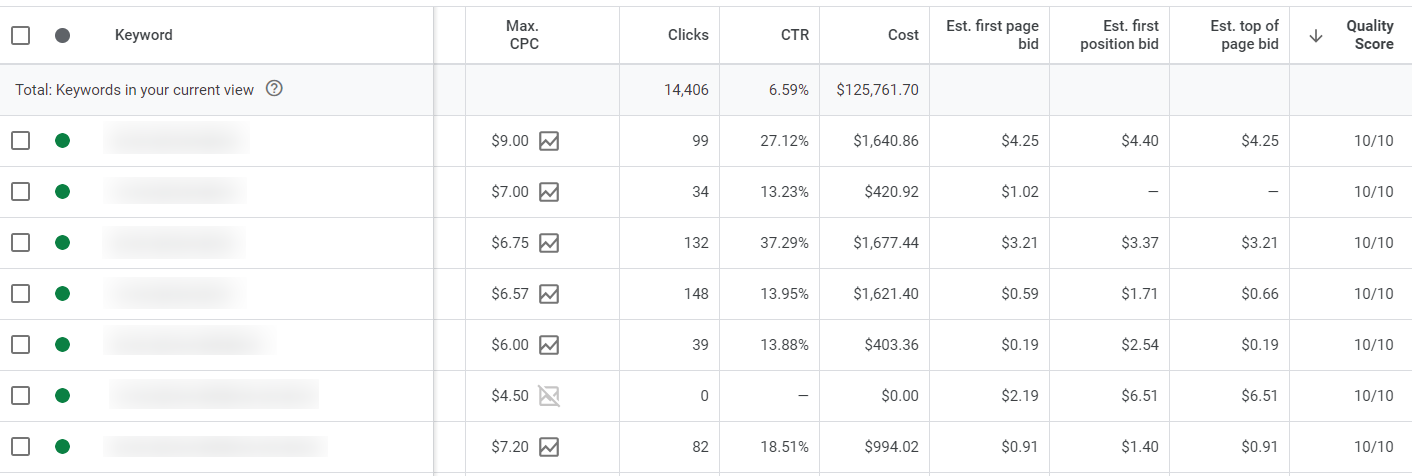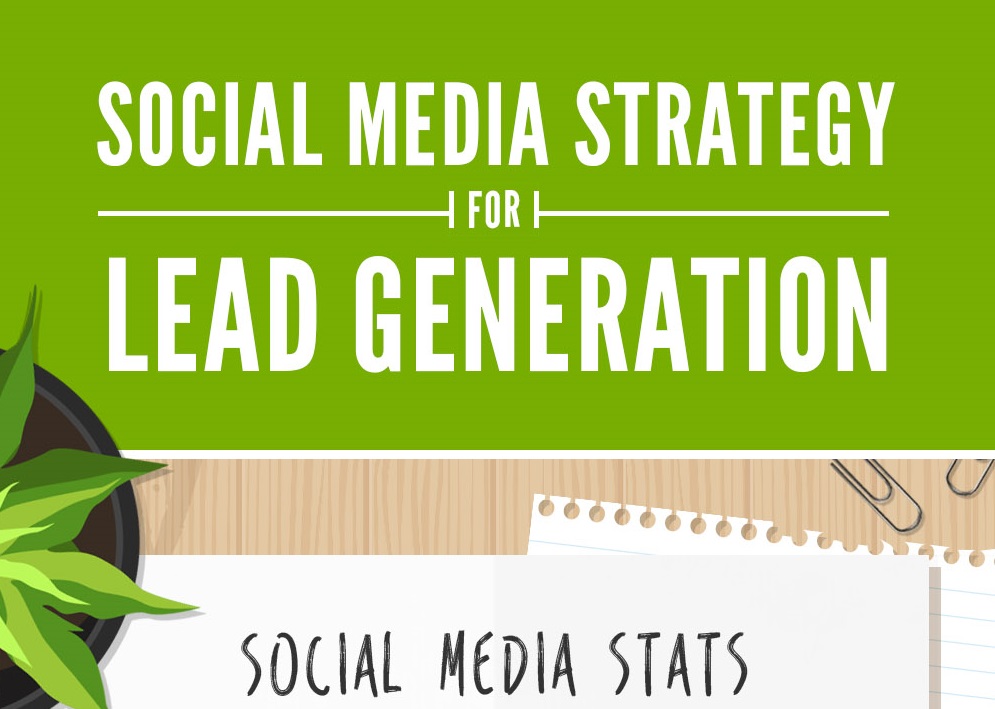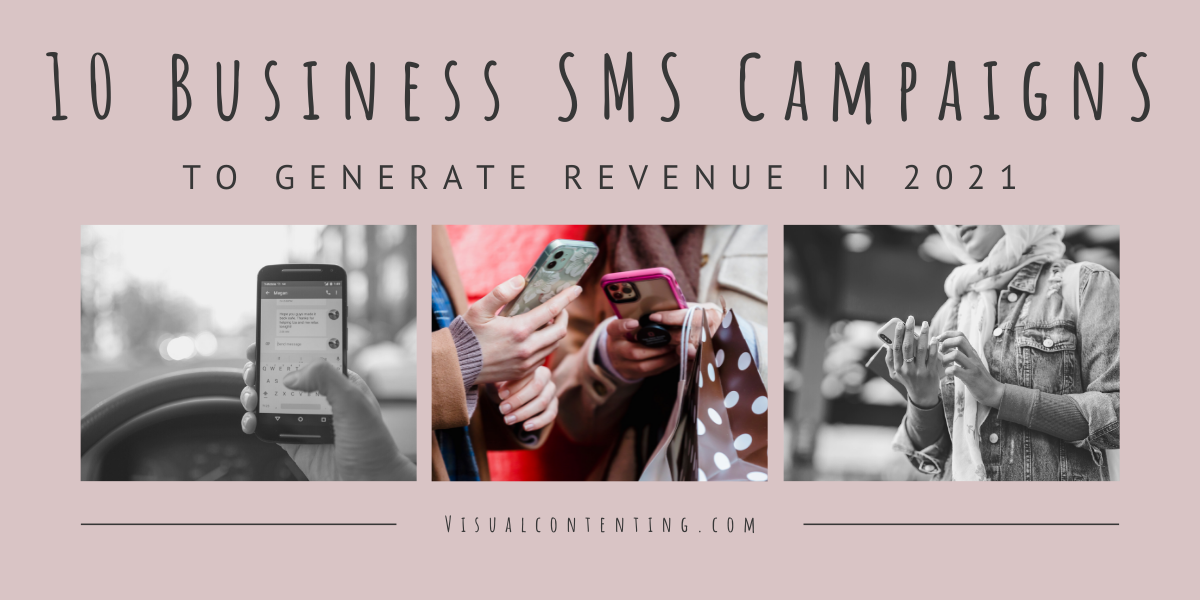Advertising is crucial for every business. Spending sleepless nights and working relentlessly to create a path-breaking product could turn out to be futile if people never get to know about it. There are several advertising options available for marketers to choose from, including pay-per-click (PPC) marketing.
PPC is an advertising model that allows you to display ads on web pages. It can be a good value for money, unlike other advertising models. Why? PPC ensures that you only need to pay when a user clicks on your ad, thereby proving itself to be one of the most cost-effective advertising models for brands with a limited budget.
Kickstarting an ad campaign means you have only reached the halfway mark and not the finish line. Remember, a job half done is as good as none. An advertising model (including PPC) works best when advertisers track its performance regularly to find out what’s working and what isn’t. This is where key performance indicators (KPIs) come into the picture. These are crucial to not just achieving desired campaign outcomes, but also to increase your ROI.
What are PPC KPIs and Why Are They Important?
PPC KPIs are metrics used for measuring the performance of a PPC ad campaign. They are used to gauge an ad campaign’s success by allowing advertisers to measure the engagement, profitability, and effectiveness of their campaigns.
KPIs help advertisers determine how their ad campaigns are performing with respect to the goals and objectives set by the company. It helps them understand if an ad campaign is moving on the right track or if it is deviating from the desired path. They get to identify the problem points and areas that need to be improved. Using these insights, they can tweak their campaigns accordingly and bring them back on track.
How to Choose the Most Important PPC KPIs
There are several types of KPIs. The goal of all KPIs for PPC campaigns is the same – to help advertisers track and improve the performance of their PPC ad campaigns. However, advertisers should choose the ones that align with their company’s strategic goals.
Choosing the wrong metrics can divert you to a different path, taking you away from your intended goal (expected campaign outcomes). This can be a complete waste of your time and marketing budget. Therefore, it is important to set clear objectives and define your goals during the planning phase and choose the PPC KPIs that match these goals and objectives.
You need to set PPC campaign KPIs that are realistic, specific, and measurable. More importantly, you need to choose metrics that are relevant and time-bound.
Choosing the right KPIs to track your ad campaign can be quite confusing. As we mentioned earlier, it depends on your intended goal. So, here’s a list of PPC campaign KPIs that support some of the most common marketing goals. Remember, your marketing goal could be entirely different; however, this list will give you a better idea of what you need to focus on while evaluating your campaign’s performance.
#1. Click-Through Rate (CTR)
 Source: Pro-Vigil
Source: Pro-Vigil
The easiest way to start is by trying to find out how many people showed interest after viewing your ad. For this, you need to determine the click-through rate (CTR) – finding out how many users clicked on your ad after seeing your ad link. This can be determined by dividing the total number of impressions (the number of times the ad is shown) by the number of clicks your ad received.
CTR is a valuable metric for advertisers as it gives them a basic idea of how significant or relevant their ads are to the people who are seeing them. If you notice a low click-through rate, it could imply two things. Either the quality of your ad is not up to the mark and needs to be improved, or it could also mean that you are not targeting the right audience.
Ad fatigue could be another reason – when people get frustrated seeing your ads often and decide to stop paying attention. However, this is unlikely to happen for small businesses or the ones that started out recently.
So, what can you do if your click-through rates are low? “Being relevant” is the key factor here. You need to ensure that the ads you create are not just relevant to the keywords you are targeting but they should also be relevant to your products or services.
Next comes the “quality” factor. You need to ensure that you create an interesting and engaging ad that perfectly depicts what your brand stands for and exactly explains what you are offering. This is the key to enticing the users to click your ad.
Finally, it is important to ensure that your ad does not appear for irrelevant searches. This is where “negative keywords” come into the picture. For example, if you are running a shoe store that sells only sports shoes, you could use terms like “fashion shoes” and “office shoes” as your negative keywords so that your products don’t show up when users search for these terms.
#2. Cost Per Click
Source: Pro-Vigil
Cost per click helps advertisers determine how much it costs them when a user clicks on their ad. As an advertiser, you are required to pay a set price for each click on your ads based on the advertising pricing model. CPC could vary based on various factors, including your goals, competition, and the keywords you are trying to target.
Cost per click is an important metric, as it gives you an idea about which keywords are generating the most clicks and conversions, thereby helping you focus your budget on those keywords – the most effective ones. Tracking this metric can help you better understand the effectiveness of your online ad campaigns. The knowledge gained can be instrumental in helping you make the required adjustments to your marketing strategies.
#3. Cost Per Conversion and Conversion Rate
Source: Pro-Vigil
There are three types of users: the ones who see your ad but don’t click it, the ones who see your ad and click through, and finally, the ones who not only click your ad but also decide to go a step further. On your landing page, they take some sort of action, like subscribing to your mailing list, adding an item to the cart, or even making a purchase. Here, the users are converting into buying customers – or at least, they’re taking a step down this road.
Cost per conversion, also referred to as cost per acquisition (CPA), measures the cost of acquiring a new customer through your PPC ad campaign. This is calculated by dividing the total cost of your PPC advertising campaign by the number of new customers you have acquired.
This metric helps advertisers determine whether they are getting a good return on investment (ROI) – that is, whether their PPC advertising campaign is cost-effective.
Conversion rate helps you determine how many of your prospective buyers are actually converting. A low conversion rate could indicate that you are not targeting the right audience for your business or it could also imply that your ad is not creating the desired impact on your audience. Alternatively, it could indicate that your landing page needs to be improved, or that the offer isn’t compelling enough.
A low conversion is a clear indicator that you are wasting your hard-earned money on clicks that aren’t resulting in sales, which could mess up your budget and affect your ROI. Therefore, the conversion rate is an important metric that helps you determine if your landing page is relevant and delivers the information customers are looking for. It also helps you determine whether your advertising campaign is focusing on the right keywords or the wrong ones.
#4. Return On Ad Spend (ROAS)
If you have set lead generation or sales as your business goal, then ROAS is an important metric that you need to track. You should have an idea of how much revenue your ad is generating for every dollar you spend on your advertising campaign. ROAS is the ideal metric to make this calculation, thereby helping you monitor whether your ad spend is driving the desired, expected value.
Here’s how you can calculate the return on ad spend:
ROAS = (Advertising cost/revenue your ad has generated)*100
#5. Quality Score
Source: Pro-Vigil
Quality score is a metric used by Google to determine the placement and cost of your advertisement by measuring the quality of your ad campaign. How does one determine the quality of an ad? The ad’s quality is based on various factors, including your expected CTR; however, the key is “relevance”.
- How many users find your ad to be relevant and valuable?
- Is your ad relevant to your target keywords?
- Is your landing page relevant to your ad and does it offer a good user experience?
- Are you using relevant and targeted keywords in your ad groups?
The quality score helps you find out which area needs to be improved to increase your click-through rate and conversion rate. A high quality score indicates that users find your ad to be relevant and useful. This can help improve your click-through rate, resulting in a significant rise in the number of conversions.
#6. The Number of Impressions
An impression share indicates how many people have seen your ad. This is definitely not an indicator of your advertising campaign’s success – the ultimate aim, of course, is to entice users to click on your ad and convert them into buying customers. So, why is this metric important? It is important because this metric tells you how many times your ad has been seen.
Remember, users can take action (clicking on your ad) only when they see it – when the ad reaches them. The number of impressions metric lets advertisers gauge the reach of their content.
If your impression share is 45%, it means the other 55% belongs to your competitors. Impression share is calculated by dividing the number of impressions your ad receives by the number of impressions your advertisement could have received (was eligible to receive).
The impression share tells you where you stand compared to your competitors – whether you’re ahead or if you’re lagging behind. If your competitors are ahead, you can use the data (impression share) to boost your impressions and maximize the chances of your ad being seen.
#7. Customer Lifetime Value
Customer lifetime value (CLV) helps advertisers determine how much revenue a customer is worth to their business over the course of their lifetime. This metric is valuable to advertisers as they get to identify high-value customers and they can plan and implement strategies to target those customers specifically.
CLV helps marketers save their time and effort. They can spend less time trying to acquire customers with lower value and focus on the right channels to reach high-value customers. CLV gives them a clear picture of their business (long term), allowing them to make better decisions on marketing strategies to achieve fruitful results.
#8. Average Position
Average position describes how an ad ranks against other PPC ads – the average position of the ad on the search engine results page (SERP). This metric helps advertisers determine the effectiveness of their ad campaign in terms of visibility and CTR.
If the average position of your ad is low, it could lead to fewer impressions and clicks. Therefore, you should always aim for a higher average position on SERP to ensure more impressions and clicks. This is a valuable metric as it allows you to immediately take the necessary steps to optimize your advertising campaign if your ad’s average position is low.
Average position is also referred to as ad rank because the position an ad appears in is directly related to the ad rank, in fact, Google calculates the position of an ad based on its ad rank.
Wrapping Up
Success can easily be achieved by leveraging your strengths and overcoming your weaknesses. However, to do this you need to first identify your strengths and weaknesses.
If marketers want their PPC ad campaigns to be successful, they should identify the strengths and weaknesses of their campaigns. Measuring the right PPC KPIs will help them understand whether their campaign is moving on the right track or the wrong one.
We have illuminated some important KPIs for PPC campaigns in this post; however, there are several other KPIs as well that can be used to measure your PPC advertising campaign’s success and improve your overall business performance.
Related Posts

Andy Beohar is the Managing Partner of SevenAtoms, a Google and HubSpot-certified agency in San Francisco. Andy develops and manages ROI-positive inbound and paid marketing campaigns for B2B & Tech companies. Connect with Andy on LinkedIn or Twitter.










